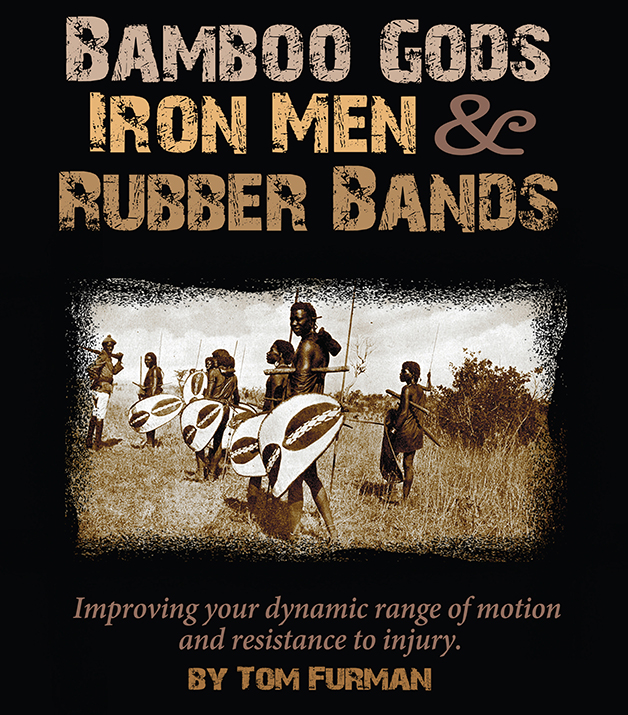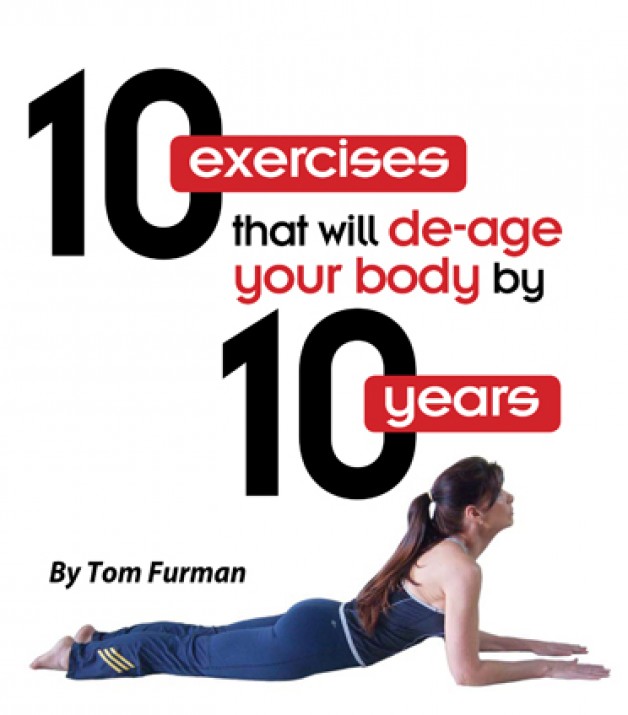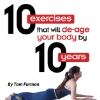 Check the results then discuss the study. Years ago a study showed that HIT on Nautilus machines did not fit well into what was defined as aerobic exercise (failed). The HITTER’S discussed and complained, but no real conclusions were arrived at. Let’s see where this leads regarding kettlebells.
Check the results then discuss the study. Years ago a study showed that HIT on Nautilus machines did not fit well into what was defined as aerobic exercise (failed). The HITTER’S discussed and complained, but no real conclusions were arrived at. Let’s see where this leads regarding kettlebells.
Cardiorespiratory Responses to Kettlebell Training Exercise
Medicine & Science in Sports & Exercise. 37(5) Supplement:S219, May 2005.
Bishop, Emmett; Collins, Mitchell A. FACSM; Lanier, Angela B.
(E. Bishop, Dragon Door Research Grant Recipient.) <-------
Although resistance training using Kettlebells™ is not new, the popularity of Russian Kettlebell™ training has recently grown in the U.S. due to promotion by Pavel Tsatsouline. However, at the present time there appears to be little scientific literature on Kettlebell™ exercise.
PURPOSE
Therefore, the purpose of this study was to describe the cardiorespiratory responses to a typical 30-minute bout of Kettlebell™ training.
METHODS
Five males and five females (24-58 yrs) were recruited to participate in the study. Each performed five sets of ten repetitions for three Kettlebell™ exercises each separated by 1 minute of rest. The exercises consisted two-arm swings, one-arm snatches (half performed with each arm), and one-arm clean and presses (using right and left arms). The females used a 4 or 8 kg Kettlebell™ based on strength and the males used an 8, 12, or 16 kg Kettlebell™. The cardiorespiratory responses to the exercise were measured using a Parvo Medics TrueMax™ 2400 metabolic system. The data were analyzed using simple descriptive statistics.
RESULTS
The cardiorespiratory responses varied greatly among the subjects and were related to the size Kettlebell™ each used. After the intial adjustment to exercise, ventilation (BTPS) ranged from about 24-39 L/min. This corresponded to tidal volumes and respiratory rates from 0.9-1.4 L/br and 24-41 br/min. Oxygen consumption values were from 0.65-1.28 L/min or 9.7- 18.0 ml/kg/min. Respiratory exchange ratios were from 0.88-1.07 with values typically below 1.0. Exercise heart rates were found to be between 101-143 bts/min and mean (±SEM) blood lactates following exercise were 4.3±1.8 mmol/L.
CONCLUSION
The cardiorespiratory responses to Kettlebell™ exercise were relatively low. The values were less than reported for traditional weight training exercise performed at 40% of one-repetition maximum. The low response found for Kettlebell™ exercise was probably due to the incorporation of momentum in Kettlebell™ training along with the size of Kettlebell™ used by the subjects.
Energy Cost Of A Basic Kettlebell Training Protocol
Medicine & Science in Sports & Exercise. 37(5) Supplement:S51, May 2005.
Lanier, Angela B.; Bishop, Emmett; Collins, Mitchell A. FACSM
Kettlebell training is a relatively ancient form of strength training that has been highly regarded among the Russian military and Eastern European power lifters for many years. Most recently, it has gained popularity among athletic strength coaches and recreationally active individuals as a novel way to enhance functional strength and positively impact cardiovascular endurance. However, to our knowledge this form of training with handheld weights has not been systematically investigated.
PURPOSE
The purpose of this pilot study was to assess the energy cost and intensity of a basic Kettlebell training protocol.
METHODS
Ten subjects, mean age 30.2 ± 10.6 years, participated in a maximal treadmill test to assess VO2max. Participants subsequently performed 5 sets of 10 repetitions of two-armed swings, snatches, and clean and presses using a 4, 8, 12 or 16 kg Kettlebell. Metabolic data were collected by a metabolic measurement system. The data were analyzed using simple descriptive statistics.
RESULTS
Training intensity in metabolic equivalents (METS) was 4.9 ± .88. The mean caloric expenditure and oxygen uptake values were 4.97 ± 2.02 kcal/min and 14.25 ± 3.08 ml/kg/min. Total energy expenditure during the session was 297.91 ± 121.13 kcal. Associated heart rate response during the training session was 122.08 ± 21.13 bpm that corresponded to 64.29 ± 11.74% of maximal heart rate. The training intensity relative to VO2max was 32.96 ± .08%.
CONCLUSIONS
Although intensity as assessed by heart rate appeared to be high enough to improve cardiovascular fitness pursuant to the ACSM recommendation, the training stimulus of 32% of VO2max was less than the ACSM recommendation of ± 55%. However, a basic Kettlebell training protocol may be an alternative activity for achieving the Surgeon General’s recommended amount (150-200 kcal/day) and intensity (3-6 METS) of physical activity for improving health.
__________________











5×10 of swing, snatch & C&P is not a lot of work. 150 total reps.
Also, I didn’t see anything about frequency of training or many weeks the experiment ran. Did I just miss that?
Don’t think so. That was my impression, too. It always seemed to me that the effect needed to be cumulative. This was just a one time test, it seems. 150 reps in 30 minutes? Not much of a test.
That guy in the photo looks like he trains High Velocity Style! for the truly rugged look!
There are so many holes in this “study” that it is difficult to know where to start. I believe that an appropriate study, with controlled parameters, will yield much different results. There are too many variables to control currently.
My colleagues and I are in the process of conducting some research into both the biomechanical and physiological parameters of kettlebell sport and are looking to publish this in the literature some time next year.
who the hell two arm swings a 16kg for 5 sets of 10 with A MINUTE rest in between?
that’s a nice little warm up.
the guys who put the study together don’t know jack about training.
A) I agree with the other commentors that the workout as presented wasn’t anything like a “SSST” or “Girevoy Sport” style workout.
B) Kettlebell training tends to be “panaerobic”, in that the load tends to spread over a greater proportion of the muscle mass than, say, running, swimming or step aerobics. So the issue is just BPM, the issue at also how fast the O2 is being picked up by the various muscle groups.
The testing protocol sucked,… let’s face it. I think everyone can agree it is BS. I’ll check Marty’s heartrate at the World’s to see if he is getting adequate stimulation this weekend!